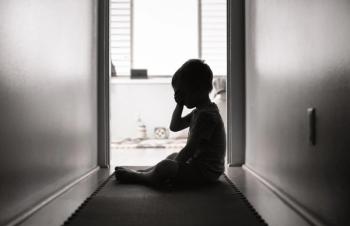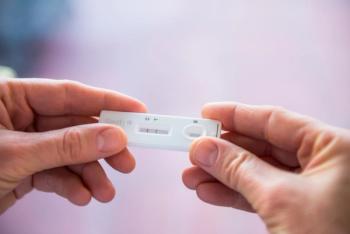
How the pandemic impacts suicidal behavior
The loneliness and isolation of the pandemic has wreaked havoc on the mental health of many. A report examines whether this translated into more suicidal ideation and behavior.
The main focus of the pandemic has been on the virus itself and the potential treatments and vaccines. However, an undeniable residual effect has been the isolation and mental toll coronavirus 2019 (COVID-19) has taken on many, which has raised concerns about whether there was an increase in suicide-related behavior in older children and adolescents. A
The researchers used data from electronic health records in a large pediatric department in a major city in Texas. Any child or adolescent aged older than 11 years who visited the emergency department (ED) for any complaint was told to complete a screening version of the Columbia-Suicide Severity Rating Scale (C-SSRS), which has been documented as reliable and having predictive validity in children, adolescents, and adults. Using it, the patients were asked to complete 2 items that assessed passive and active suicidal ideation that had occurred in the previous month. For patients that indicated active ideation, further questions were used to assess the severity of the ideation. Patients were also asked about lifetime suicide attempt history and if the patient indicated at least 1 attempt, whether the attempt had occurred in the previous 3 months. All questions were “yes” or “no” and were available in English and Spanish. They used data from January to July 2019 and January to July 2020.
A total of 12,827 patients aged 11 to 21 years were seen at an emergency department and completed a suicide-risk screen. Among this cohort, 454 of the patients reported a chief complaint of suicidal thoughts or behaviors at the ED visit. Over the course of the entire study period, 15.8% of the patients reported having past-month suicide ideation and 4.3% indicated a suicide attempt had occurred in the past 3 months. The odds of recent suicide ideation were 1.60 times higher in March 2020 when compared to March 2019 and 1.45 times higher in July 2020 when compared to July 2019. Recent suicide attempts were also found to be greater in certain months in 2020, February, March, April, and July, when compared to the same months in 2019.
The researchers concluded that the rates of suicide ideation and attempts were higher in 2020 when compared to 2019, but the increased rate was not uniform. The months with higher rates of suicide-related behavior were noted to correspond with periods when pandemic stressors and community responses were elevated.
Reference
1. Hill R, Rufino K, Kurian S, Saxena J, Saxena K, Williams L. Suicide ideation and attempts in a pediatric emergency department before and during COVID-19. Pediatrics. February 5, 2021. Epub ahead of print. doi:10.1542/peds.2020-029280
Newsletter
Access practical, evidence-based guidance to support better care for our youngest patients. Join our email list for the latest clinical updates.












